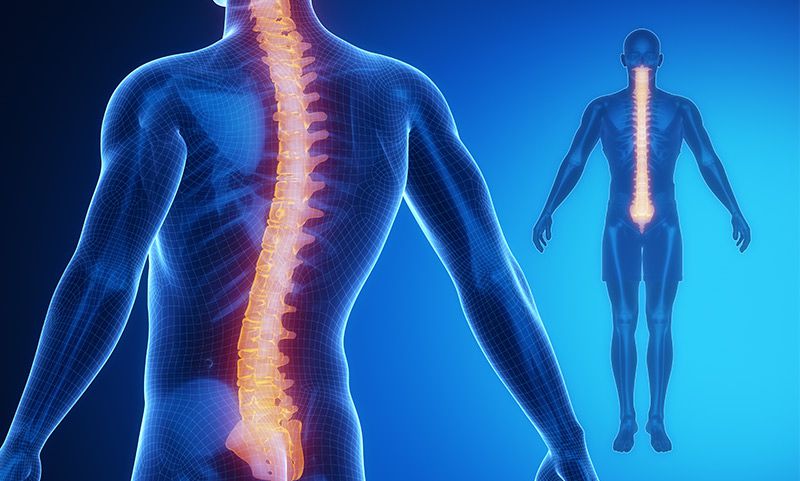What is Spinal Stenosis?
The spine is a section of bones considered vertebrae that give solidness and backing to the chest area. It empowers us to turn and curve. Spinal nerves go through openings in the vertebrae and direct signals from the cerebrum to rest of the body. The encompassing bone and tissues secure these nerves. On the off chance that they're harmed or weakened in any capacity, it can influence capacities like strolling, equalization, and sensation.
Spinal stenosis is additionally called:
- pseudo-claudication
- central spinal stenosis
- foraminal spinal stenosis
Spinal Stenosis Causes
The most well-known reason for spinal stenosis is as you are growing old. Degenerative procedures happen all through your body as it ages. Tissues in your spine may begin to thicken, and bones may get greater, compacting the nerves. Conditions like osteoarthritis and rheumatoid joint inflammation may likewise add to spinal stenosis. The aggravation they cause can squeeze your spinal cord.
Different conditions that can cause stenosis include:
- A normally tight spine bone
- Spine defects present during childbirth
- Spinal shape, or scoliosis
- Paget's infection of the bone, which causes strange bone decimation and regrowth
- Bone tumors
Spinal Stenosis Treatment
Medical procedure (Surgery) might be shown for the individuals who don't improve with the above medicines or if there is an extreme or dynamic shortcoming or loss of entrail or bladder work (cauda equina disorder). Contingent upon the assessment discoveries and imaging considers, there are different surgeries accessible to treat lumbar spinal stenosis, extending from laminectomy to combination strategies.
The primary objective of medical procedure is to expel the structures that are compacting the nerves in the spinal waterway or vertebral foramen. This is alluded to as lumbar decompression medical procedure (laminectomy, laminotomy, foraminotomy). In certain patients, this can be performed alone, however in different patients, it must be joined with lumbar combination. On the off chance that a lot of the compressive structures should be evacuated to free the nerve, the vertebrae may get flimsy (spinal shakiness). This leaves the vertebrae with irregular movement. In the event that this happens, a spinal combination can be performed to join the vertebrae together and wipe out the movement at that level. Some of the time this requires metallic equipment to be introduced in the vertebrae to sufficiently support and fix the included bone.

